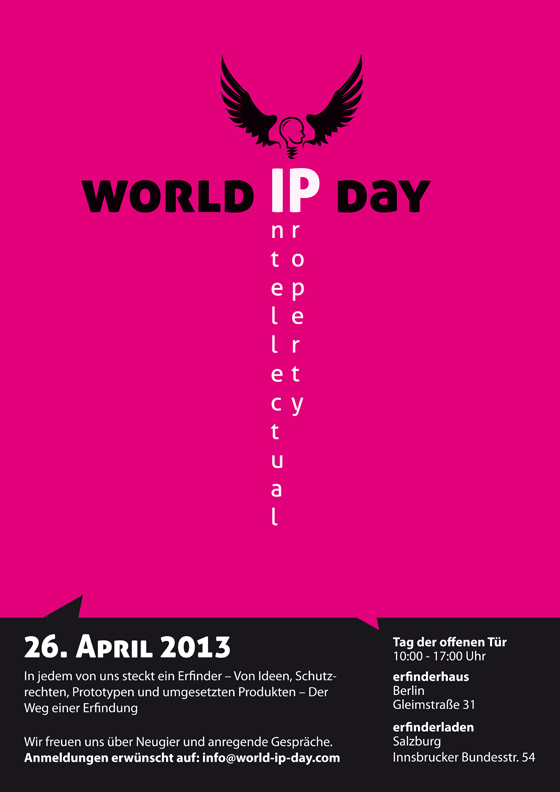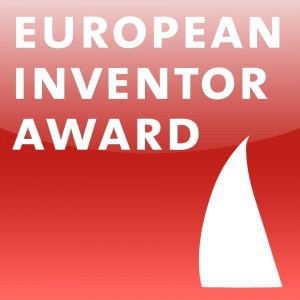For the second year running, Switzerland, Sweden, and Singapore lead in overall innovation performance according to the Global Innovation Index 2012 (GII): Stronger Innovation Linkages for Global Growth, published by INSEAD, the leading international business school, and the World Intellectual Property Organization (WIPO), a specialized agency of the United Nations.
The report ranks 141 countries/economies on the basis of their innovation capabilities and results. It benefits from the experience of Knowledge Partners Alcatel-Lucent, Booz & Company, and the Confederation of Indian Industry (CII), as well as an Advisory Board of eleven international experts.

The Global Innovation Index 2012
The study shows that the dynamics of innovation continue to be affected by the emergence of new successful innovators, as seen by the range of countries across continents in the top twenty GII ranking, as well as the good performances of emerging countries such as Latvia, Malaysia, China, Montenegro, Serbia, Republic of Moldova, Jordan, Ukraine, India, Mongolia, Armenia, Georgia, Namibia, Viet Nam, Swaziland, Paraguay, Ghana, Senegal; and low-income countries Kenya and Zimbabwe.
“The GII is a timely reminder that policies to promote innovation are critical to the debate on spurring sustainable economic growth,” WIPO Director General Francis Gurry said. “The downward pressure on investment in innovation exerted by the current crisis must be resisted. Otherwise we risk durable damage to countries’ productive capacities. This is the time for forward-looking policies to lay the foundations for future prosperity.”
Top 10 Leaders in the overall Global Innovation Index 2012
The list of overall GII top 10 performers has changed little from last year. Switzerland, Sweden, and Singapore are followed in the top ten by Finland, the United Kingdom, the Netherlands, Denmark, Hong Kong (China), Ireland, and the United States of America. Canada is the only country leaving the top 10 this year, mirroring weakening positions on all main GII innovation input and output pillars. The report shows that the U.S.A. continues to be an innovation leader but also cites relative shortfalls in areas such as education, human resources and innovation outputs as causing a drop in its innovation ranking.
Top 10 Leaders in the Global Innovation Index
1. Switzerland
2. Sweden
3. Singapore
4. Finland
5. United Kingdom
6. Netherlands
7. Denmark
8. Hong Kong (China)
9. Ireland
1o.United States of America
Regional leaders in the overall GII and the BRIC countries
The leaders in their regions are: Switzerland in Europe, the US in Northern America, Singapore in South East Asia and Oceania, Israel in Northern Africa and Western Asia, Chile in Latin America and the Caribbean, India in Central and Southern Asia, and Mauritius in Sub-Saharan Africa. Among low-income economies the leader is Kenya.
Soumitra Dutta, Roland Berger Professor of Business and Technology at INSEAD and the founder of the GII noted, “The GII seeks to update and improve the way innovation is measured. Today’s definitions must capture an environment which is context-driven, problem-focused and interdisciplinary. The 2012 variables were broadened in an effort to find the right mix which captures innovation as it happens today.”
The report notes a need for the BRIC countries (Brazil, the Russian Federation, India, and China) to invest further in their innovation capabilities to live up to their expected potential. China’s performance on the key knowledge and technology outputs pillar is outpaced only by Switzerland, Sweden, Singapore, and Finland. However, the report notes that both China and India have weaknesses in their innovation infrastructure and environment. The report also notes that Brazil has suffered the largest drop among the BRICs.
“Innovation is becoming the spearhead of competition – at a regional level, on a national level, and for companies,” said Ben Verwaayen, CEO of Alcatel-Lucent. “How to deal with that challenge will determine the destiny of competiveness for all players.”
Top 10 Leaders in the overall Global Innovation Efficiency Index 2012
Complementing the overall GII ranking, the Global Innovation Efficiency Index shows which countries are best in transforming given innovation inputs into innovation outputs. Countries which are strong in producing innovation outputs despite a weaker innovation environment and innovation inputs are poised to rank high in this “efficiency” index.
In the Global Innovation Efficiency Index, China and India lead the top 10 league of countries. Four of the top 10 countries in the Efficiency Index are lower-middle income countries.
Top 10 in the Global Innovation Efficiency Index
1. China
2. India
3. Republic of Moldova
4. Malta
5. Switzerland
6. Paraguay
7. Serbia
8. Estonia
9. Netherlands
10. Sri Lanka
“Developed economies must continue to strengthen and develop linkages amongst stakeholders in the innovation landscape to stay ahead in strategic sectors,” said Per-Ola Karlsson, Senior Partner, Managing Director of Europe, Booz & Company. “Similarly, developing economies must institute a national model that establishes coherent linkages in their innovation systems. By aligning cross-cutting policies and coordinating the efforts of all stakeholders, these coherent linkages drive the innovation process.”
Chandrajit Banerjee, Director General, CII said, “Every country can aspire to be an innovation-driven economy. The more resource-constrained an economy is, the more prone to innovation it actually can be. Importantly, innovation is about acts which improve everyday lives and a journey towards faster-sustainable-inclusive-growth”
Deep innovation divides between countries and regions persist
The GII 2012 shows that a new dynamic of innovation is emerging regardless of deep and persistent innovation divides between countries and regions. The most important innovation gaps exist between countries at different stages of development. On average, high-income countries outpace countries with less income per capita by a wide margin across the board in all innovation performance metrics. Large innovation divides also exist across geographic regions, especially when comparing average performances across high-income countries with those of other regions, such as Africa, large parts of Asia and Latin America.
The Report highlights a multi-speed Europe, with innovation leaders in Northern and Western Europe, Eastern European and Baltic countries catching-up, and a Southern Europe that performs less well.
Comparing the overall GII scores to countries GDP per capita, the report identifies three groups of countries. Among the “innovation leaders” are high-income countries such as Switzerland, the Nordic countries, Singapore, UK, Netherlands, Hong Kong (China), Ireland, USA, Luxembourg, Canada, New Zealand, Germany, Malta, Israel, Estonia, Belgium, Republic of Korea, France, Japan, Slovenia, Czech Republic, and Hungary, which have succeeded in creating innovation ecosystems where investments in human capital thrive in fertile and stable innovation infrastructures favorable to knowledge, technology and creative outputs.
The group of “innovation learners” – middle-income countries – includes Latvia, Malaysia, China, Montenegro, Serbia, Republic of Moldova, Jordan, Ukraine, India, Mongolia, Armenia, Georgia, Namibia, Viet Nam, Swaziland, Paraguay, Ghana, and Senegal. Among low-income countries, Kenya, and Zimbabwe stand out.
These middle- and low-income economies demonstrate rising levels of innovation achievement as a result of improvements in institutional frameworks, a skilled labour force, better innovation infrastructures, a deeper integration with global financial and other markets, and a sophisticated business community — even if progress in these dimensions is not uniform across all segments of the country.
“Innovation underperformers” are countries with weaknesses in their innovation systems. They include a mix of high-income as well as middle-income countries as shown in the chart above.
The theme of this year’s GII report, ‘Stronger innovation linkages for global growth’, underlines the importance of productive interactions among innovation actors—firms, the public sector, academia, and society—in modern innovation ecosystems. Download the full report PDF, Global Innovation Index 2012 or additional highlights, economy profiles and rankings.
– GII 2012 Middle East analysis – For the second year running two Middle Eastern countries have been named among the top 40 most innovative countries in the world, while rising star Jordan came in at 21 for innovation efficiency.
–









